Step inside Philipp Mohr’s loving restoration of a Le Corbusier apartment in Berlin
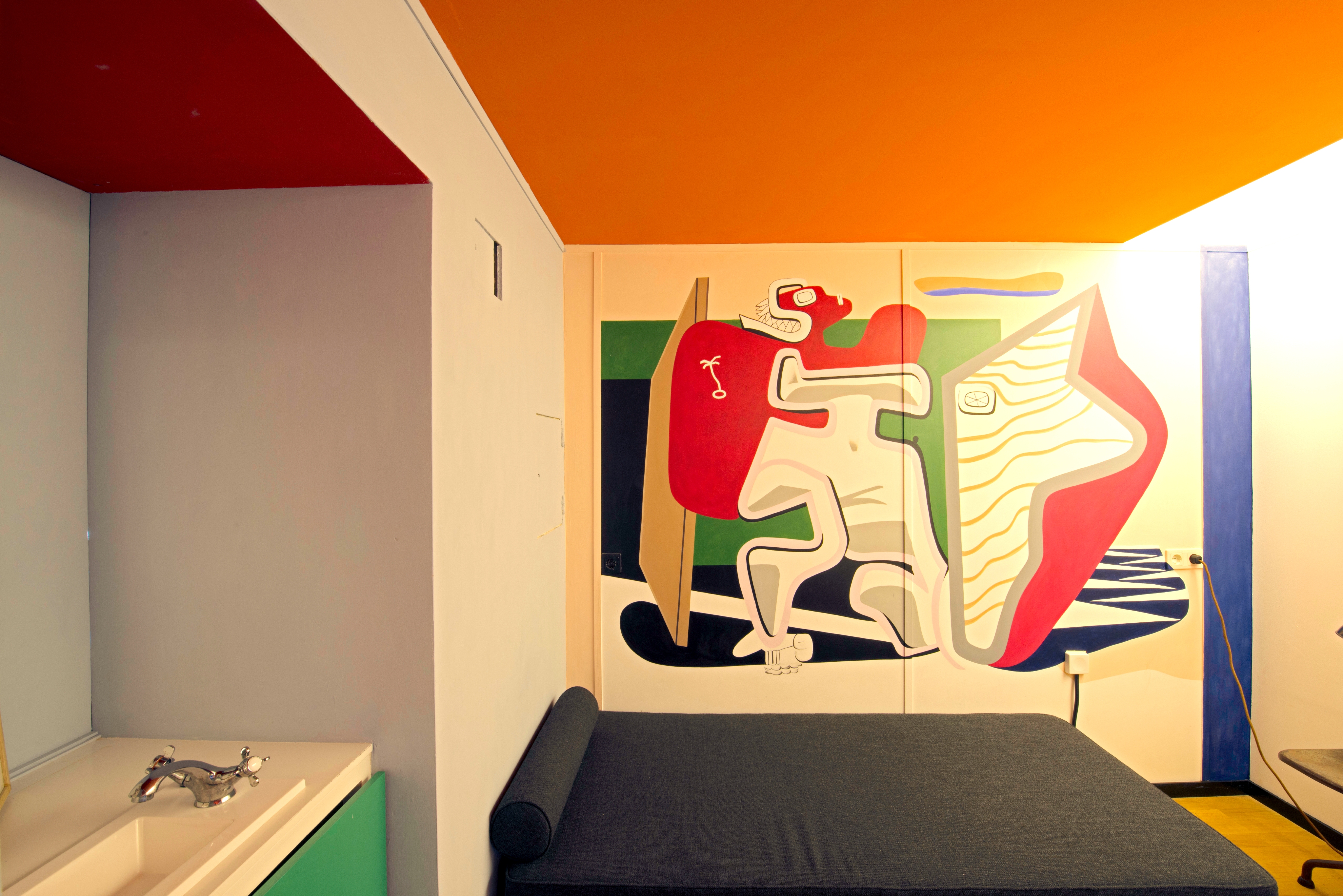
Architect Philipp Mohr, who was raised in West Germany, was always drawn to the Bauhaus aesthetic even when in the late 1990s many of these modernist buildings were in decay. ‘At that time, I felt like an archeologist, discovering true modernism for the first time,' says Mohr, who shares his time between his practices in Brooklyn, New York, and Berlin.
When Mohr, who fortuitously studied at the Bauhaus School in Germany's Weimar, was looking to buy an apartment in Berlin, he discovered one of the Le Corbusier apartments in the Unite d’Habitation building. ‘I visited this building for the first time in 1989 as a teenager,' he says. A stone’s throw from the 1936 Olympic stadium and adjacent to the Grunewald forest reserve, Mohr was delighted to see what was then a dilapidated apartment block, a now much improved, Le Corbusier design, at least in terms of the exterior and the public foyer.
‘To my knowledge, none of the apartment interiors had ever been realised by Le Corbusier himself. But I always had a strong urge to see one of these important interiors created as Le Corbusier would have done,' says Mohr, who purchased one of the modest two-level units.
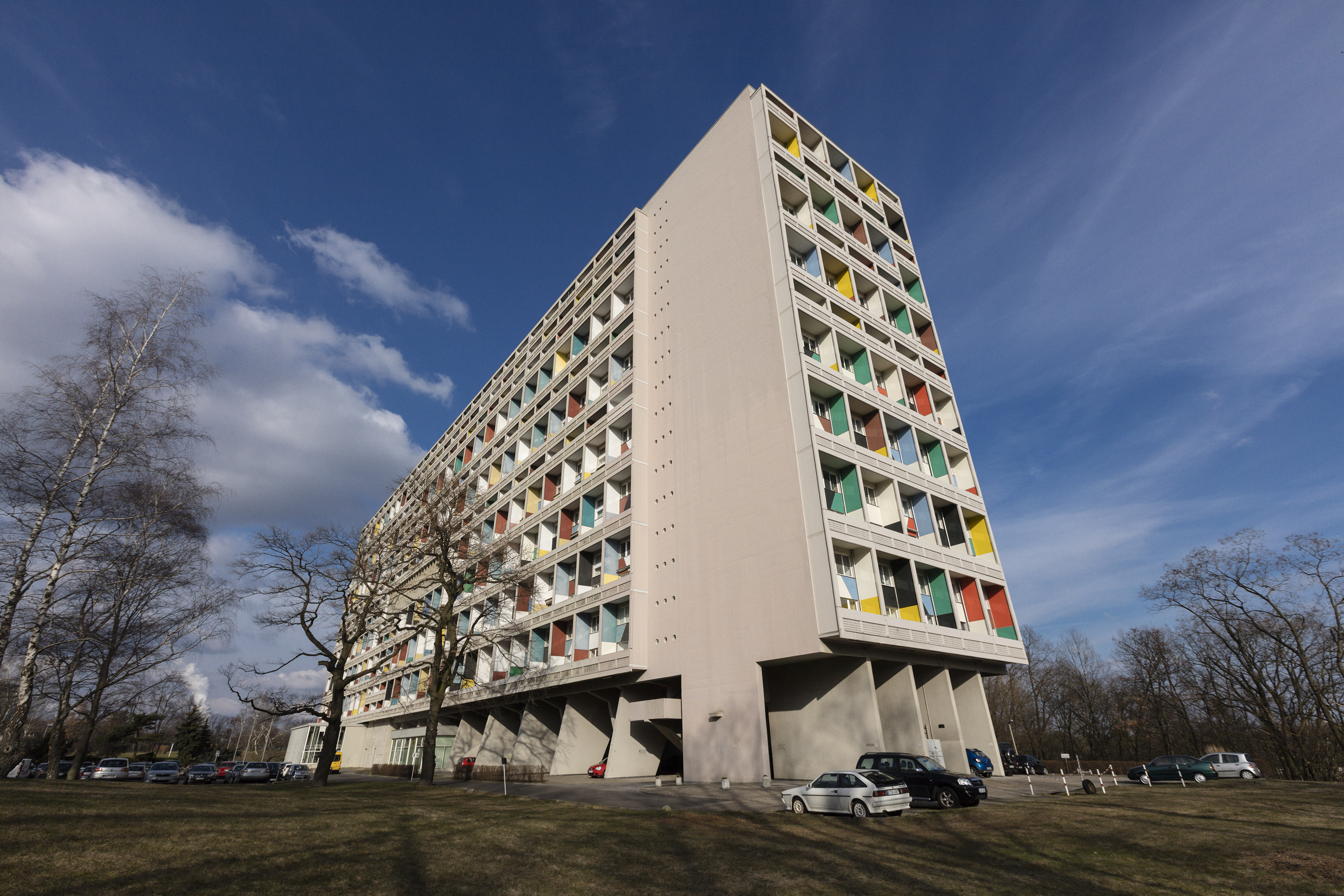
Unite d’Habitation in Berlin was designed by Le Corbusier in 1957. Photography: Didier Gaillard-Hohlweg
‘There was literally nothing in the apartment that had Le Corbusier’s hallmarks. It resembled many other generic low-cost modern apartments you can find in Berlin,' he adds. ‘Le Corbusier hit a wall with planning authorities and local architects completed this project,' he adds.
Mohr’s research led him to France, renting an apartment in the Unite d’Habitation in Marseille, taking guided tours and visiting as many of the neighbouring apartments as possible. Visits with specialists, including historians and art and furniture dealers working with Le Corbusier’s legacy, followed.
When the architect returned to Berlin, after reading on almost everything written on Le Corbusier, the physical work started on his newly acquired abode. On the internet, he came across two original pieces from the Marseille building, a kitchen counter and a portion of a staircase. Lamps, chairs, tables (re-edition by Cassina) followed suit, as the intention was to recreate what would have been in Le Corbusier’s mind.
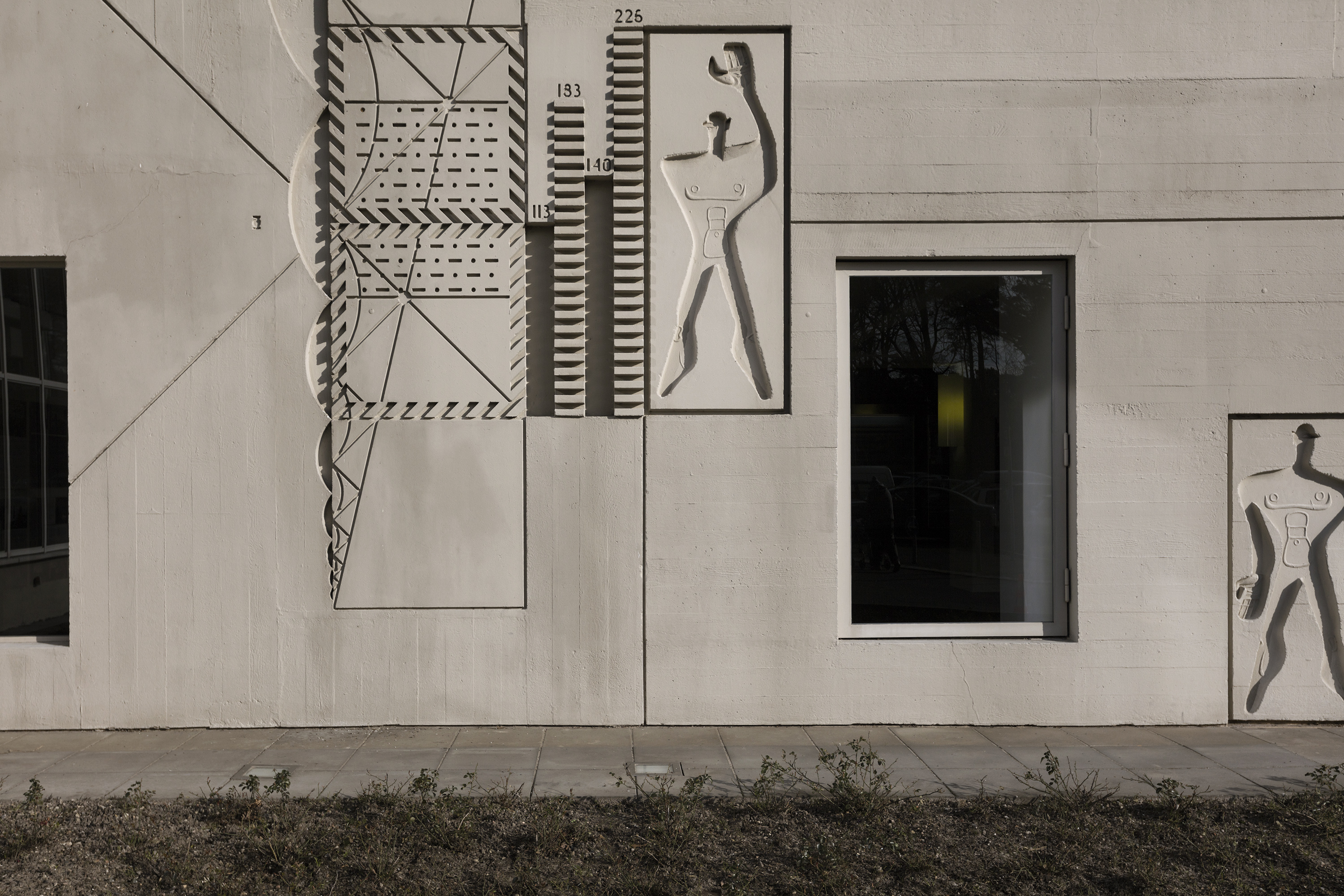
The building was constructed in the great architect's signature béton brut. Photography: Didier Gaillard-Hohlweg
Those fortunate to see this remarkable transformation, including this writer (when I took a group of Australians to visit this apartment as part of a tour), walked away speechless. Although modest in size, the joy of seeing what could have been realised by Le Corbusier in the 1950s has now come to fruition. Like stepping back in time, the Berlin apartment includes an original Le Corbusier-designed kitchen (albeit from Marseille), a sumptuous colour palette and details that set the master apart, and a delightful sculptural ‘chaise’ carved into the side of a bathtub.
‘I rebuilt the staircase using the original plans that were never realised,' says Mohr, who sold this apartment, fortunately to a Le Corbusier connoisseur, who even purchased every stick of furniture. ‘Le Corbusier used simple and inexpensive means to create a very high and democratic standard of living for all. I feel fortunate to have been part of this process,' adds Mohr.
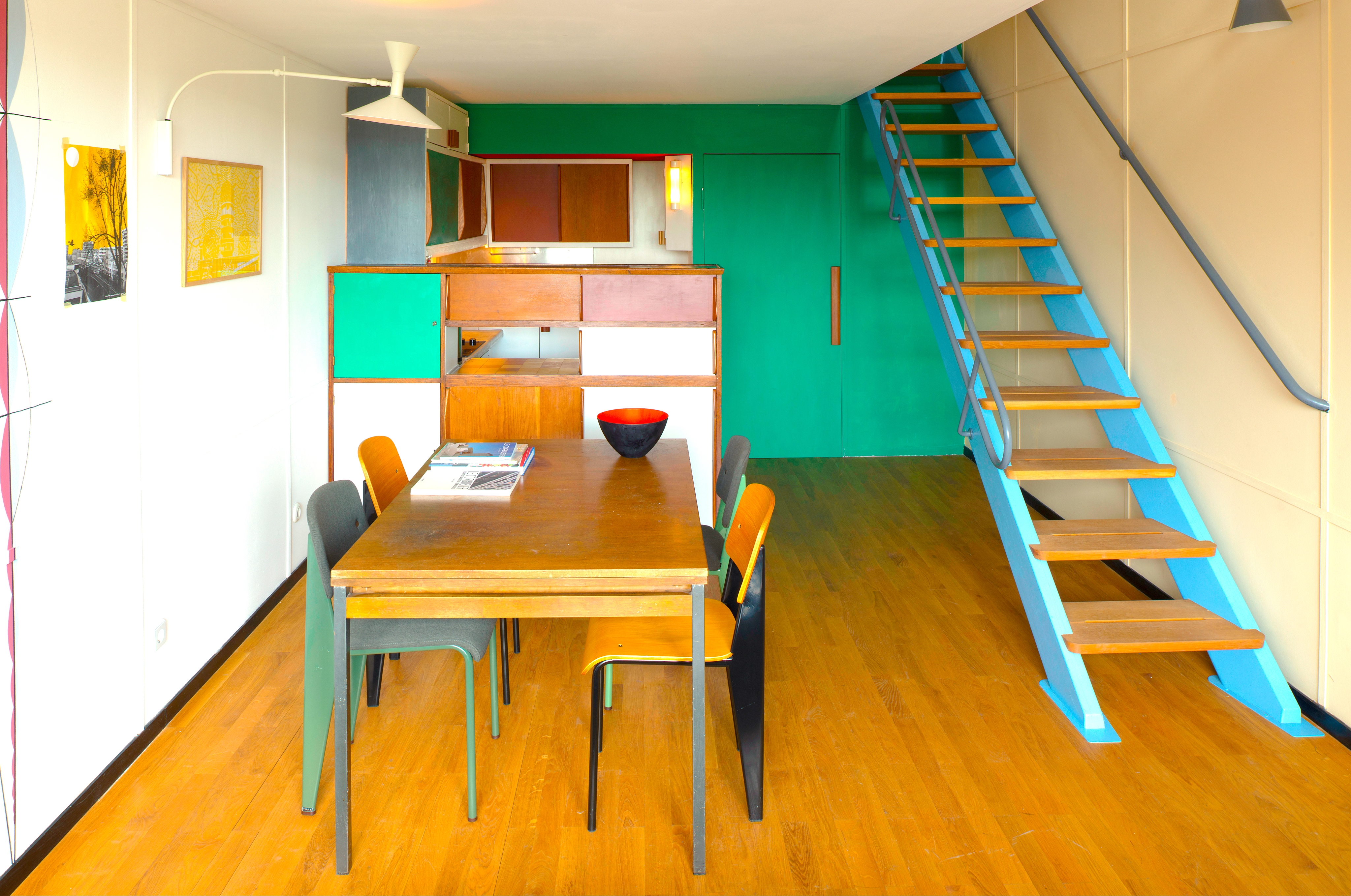
The unit is a fairly modest two-level space in the residential building. Photography: Rainer Gollmer
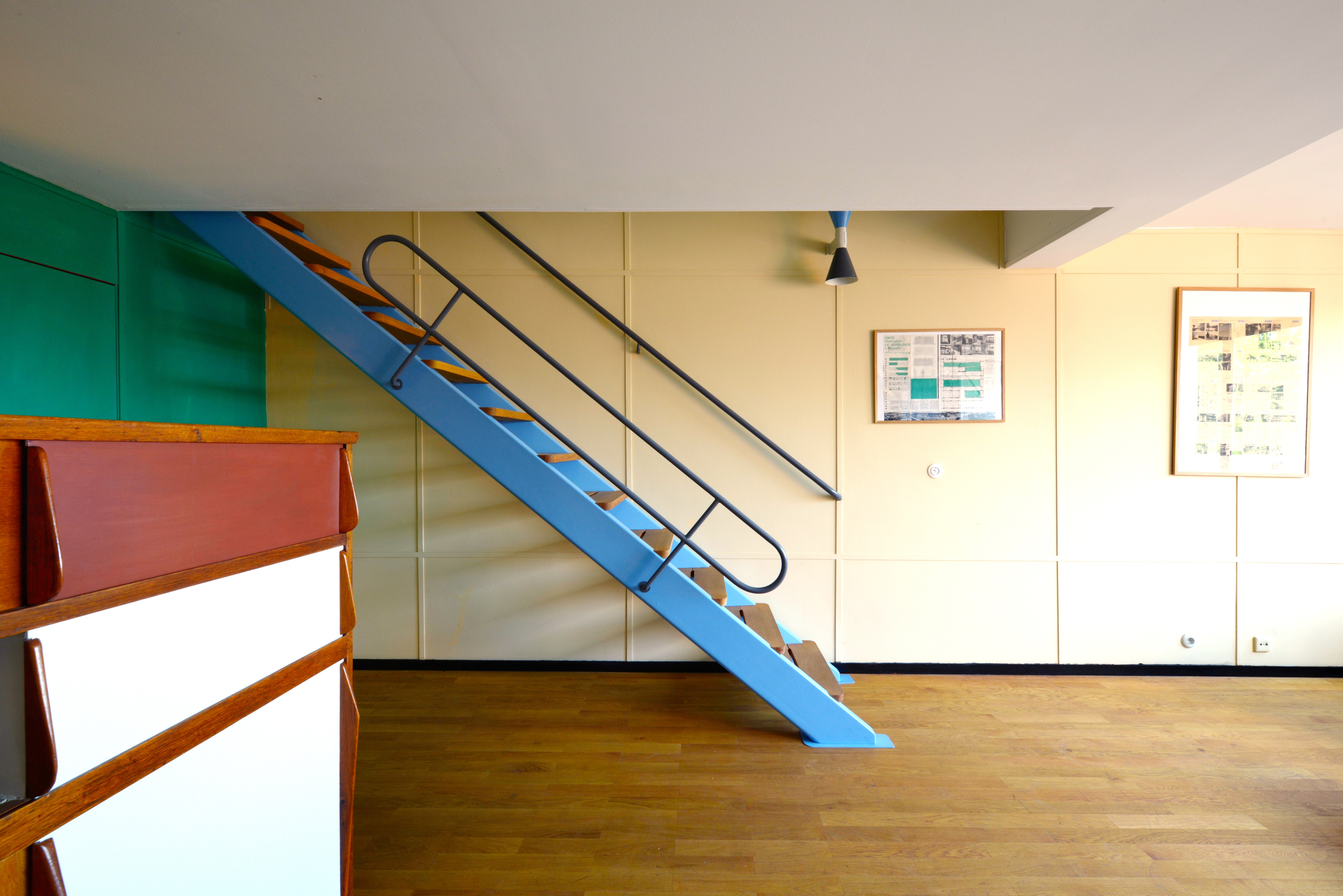
The kitchen counter and a portion of a staircase came from the great master's Marseille project and were found on the internet. Photography: Rainer Gollmer
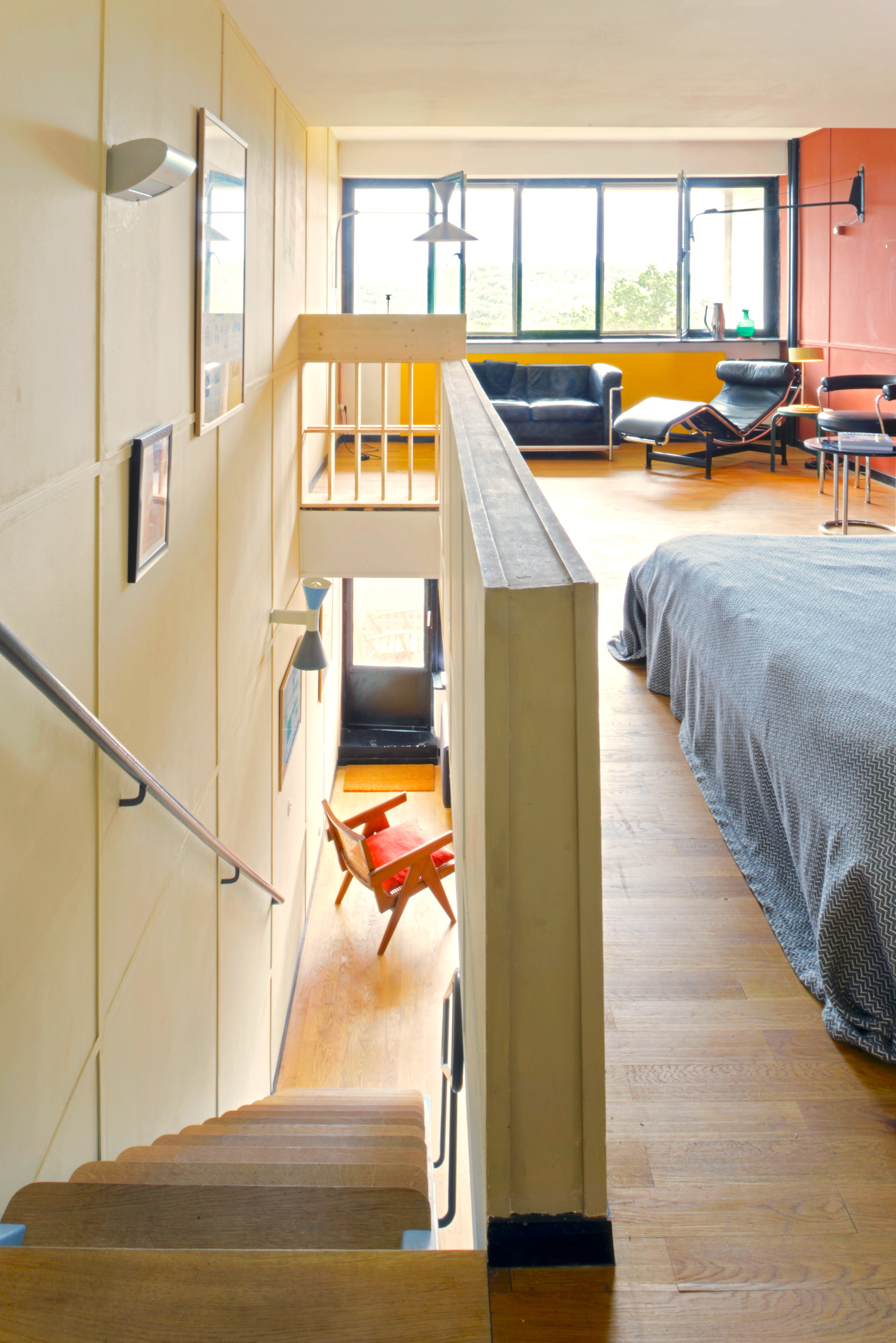
The architect aimed to source original Le Corbusier-designed pieces for the apartment's furniture and fittings. Photography: Rainer Gollmer
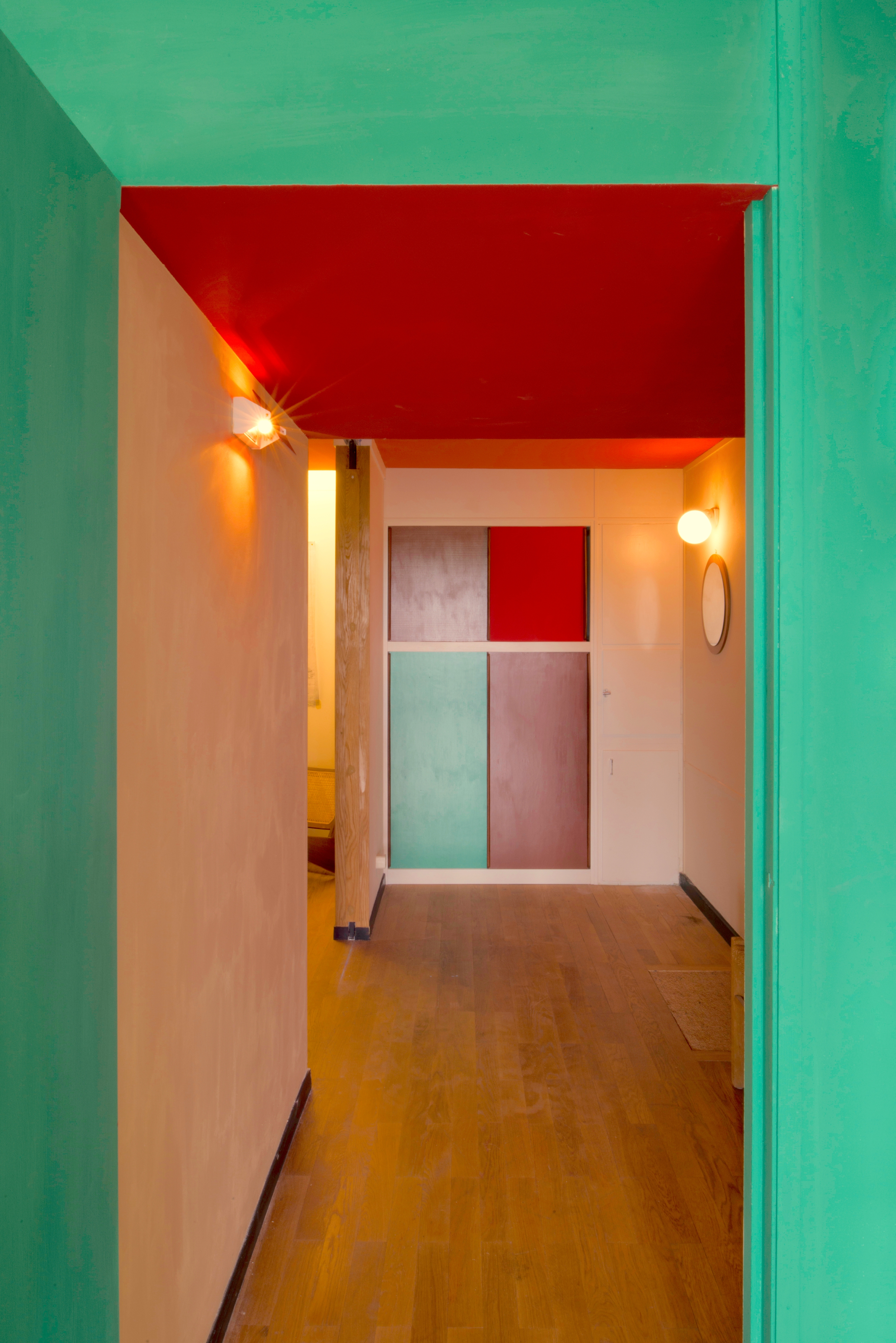
Morh researched other Le Corbusier designed residences, such as the flats in Unité d’Habitation in Marseille, for his project. Photography: Rainer Gollmer

The colour palette was also carefully researched to relate to Le Corbusier's original works. Photography: Rainer Gollmer
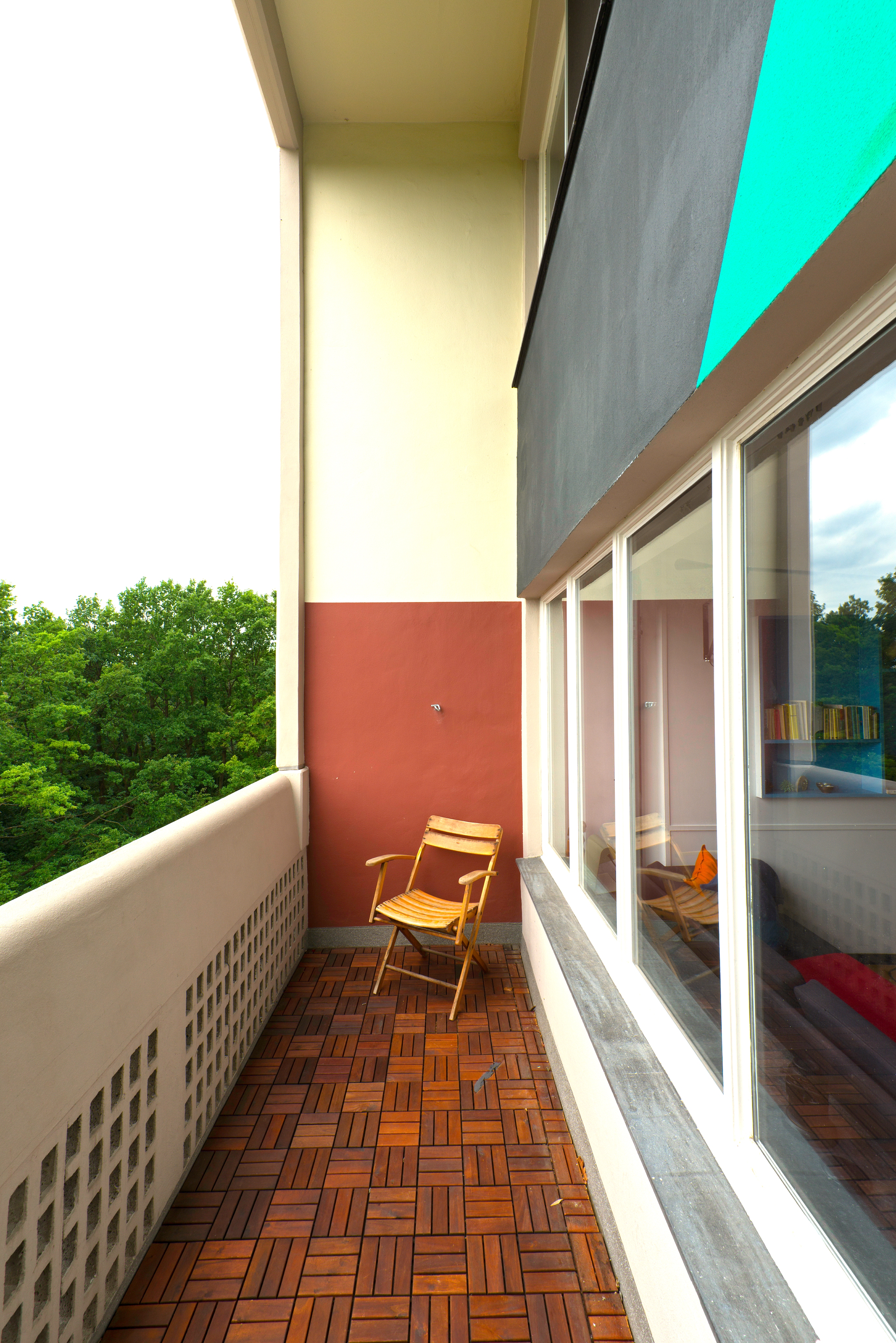
The apartment has now been sold to a Le Corbusier connoisseur. Photography: Rainer Gollmer
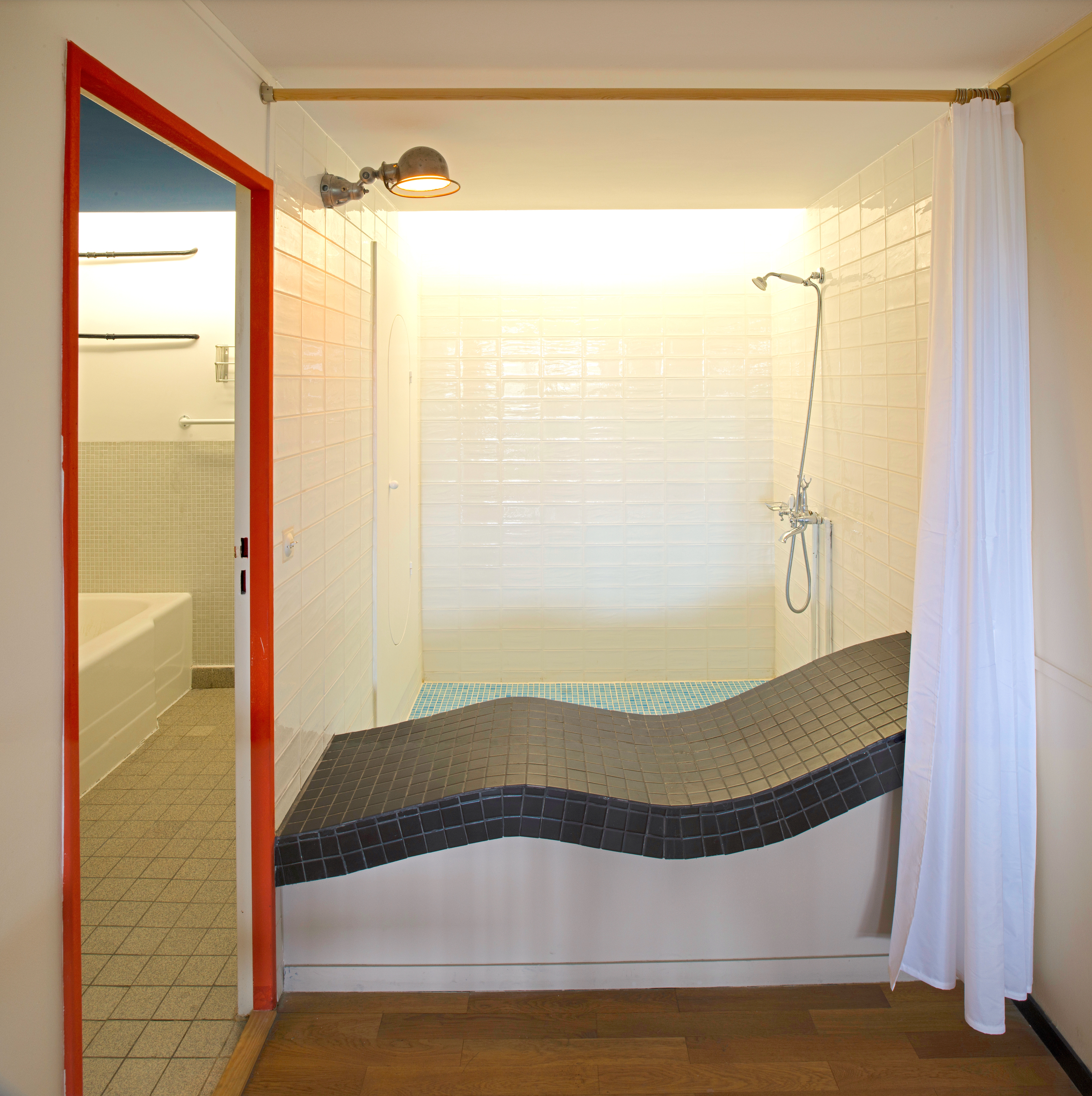
The interiors are either reclaimed or as close to the original as possible bespoke pieces. Photography: Rainer Gollmer
INFORMATION
For more information visit the website of Philipp Mohr
Receive our daily digest of inspiration, escapism and design stories from around the world direct to your inbox.
Stephen Crafti started writing on Architecture & Design in the early 1990s after purchasing a modernist 1950s house designed by Neil Montgomery. Fast forward several decades, Crafti is still as passionate and excited about seeing and writing on contemporary architecture and design, having published 50 books to date as well as writing for leading newspapers and magazines.
-
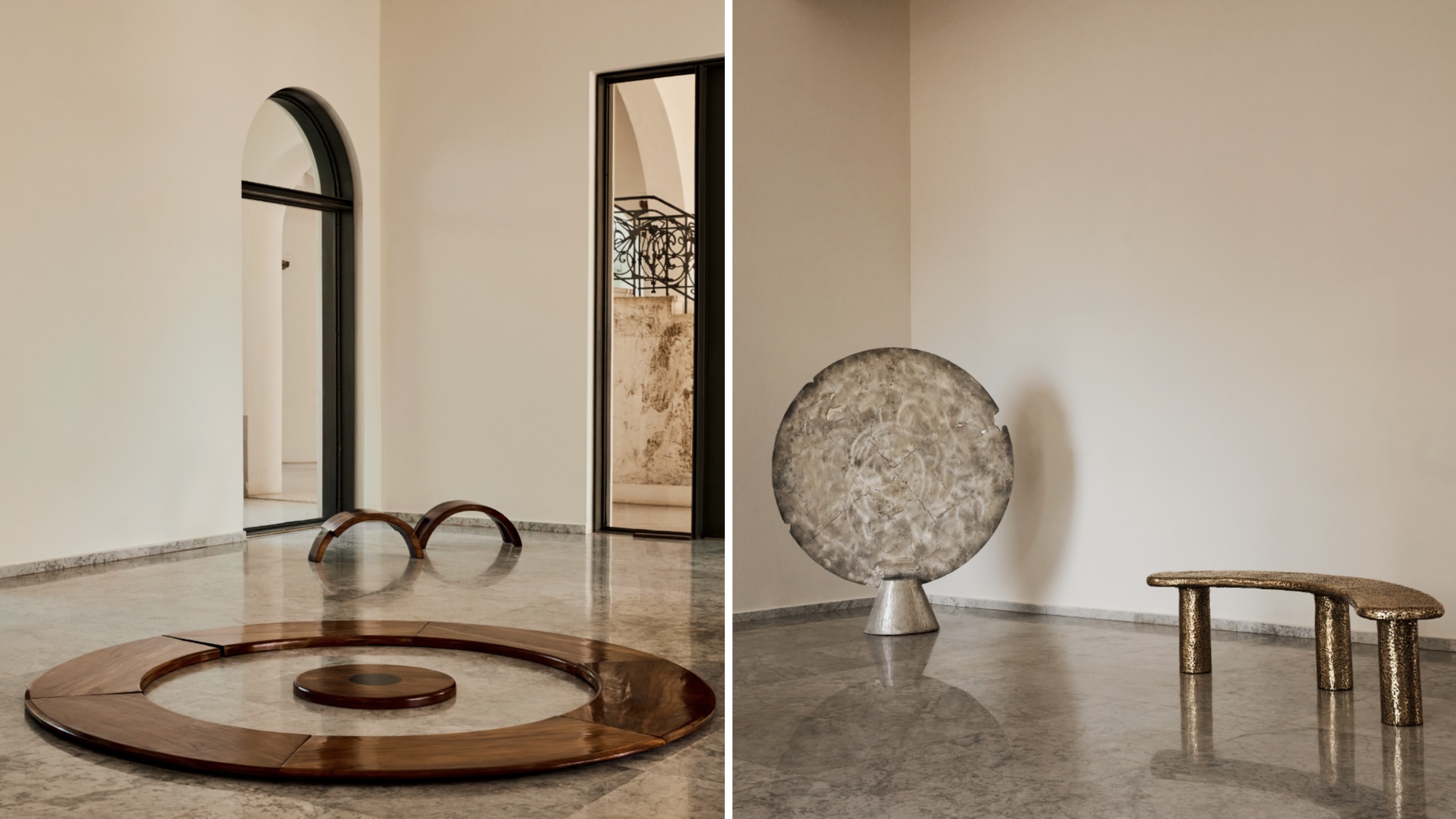 Togo's Palais de Lomé stages a sweeping new survey of West African design
Togo's Palais de Lomé stages a sweeping new survey of West African design'Design in West Africa' in Lomé, Togo (on view until 15 March 2026), brings together contemporary designers and artisans whose work bridges tradition and experimentation
-
 Vigilante’s 1979 Jeep Wagoneer features luxury trim, modern muscle and elevated styling
Vigilante’s 1979 Jeep Wagoneer features luxury trim, modern muscle and elevated stylingTexan restomod master Vigilante has created a new take on the classic Jeep Wagoneer, transforming the 1970s family SUV into a sleek, architectural powerhouse
-
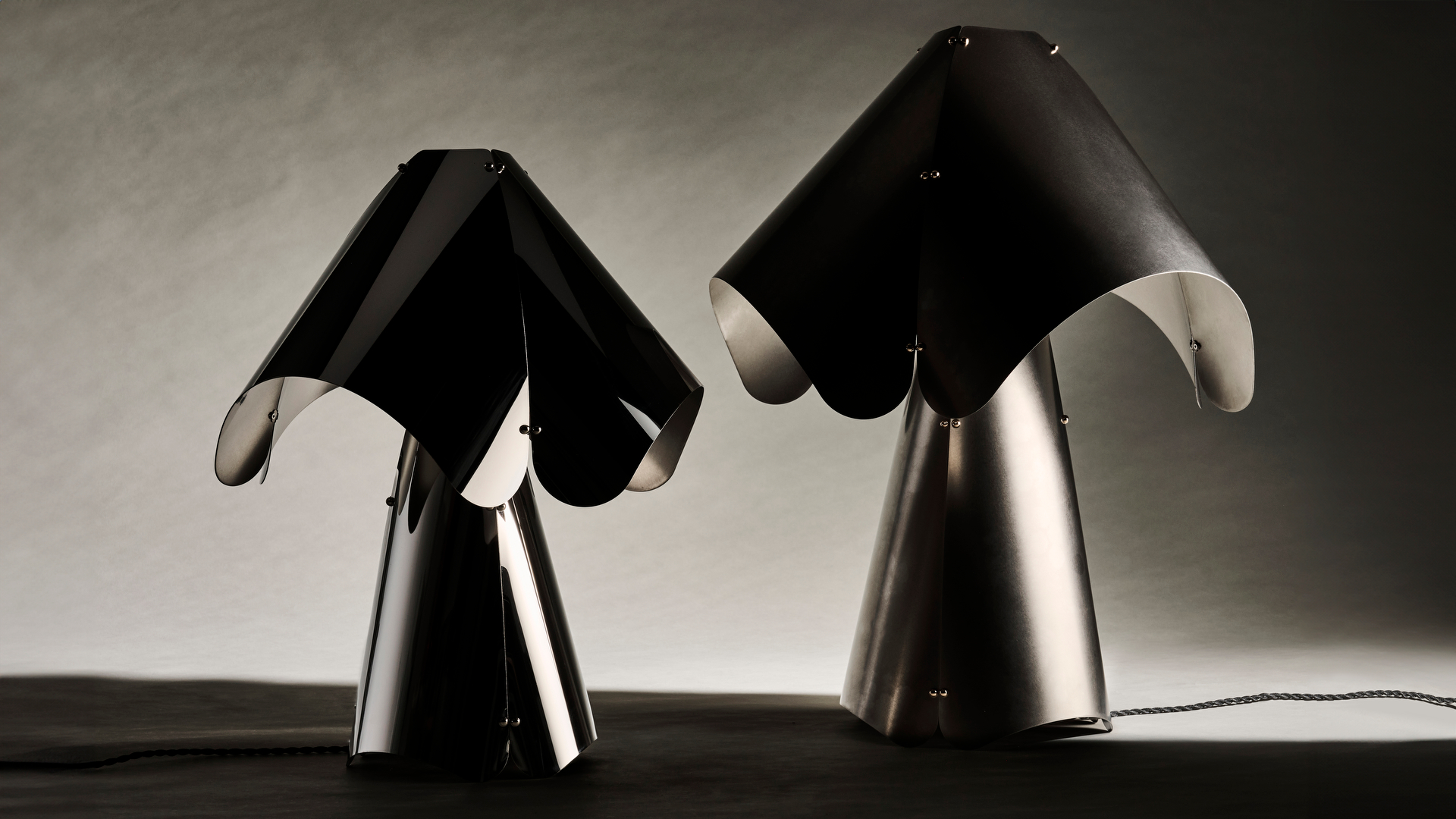 Australian studio Cordon Salon takes an anthropological approach to design
Australian studio Cordon Salon takes an anthropological approach to designWallpaper* Future Icons: hailing from Australia, Cordon Salon is a studio that doesn't fit in a tight definition, working across genres, techniques and materials while exploring the possible futures of craft
-
 The Architecture Edit: Wallpaper’s houses of the month
The Architecture Edit: Wallpaper’s houses of the monthFrom wineries-turned-music studios to fire-resistant holiday homes, these are the properties that have most impressed the Wallpaper* editors this month
-
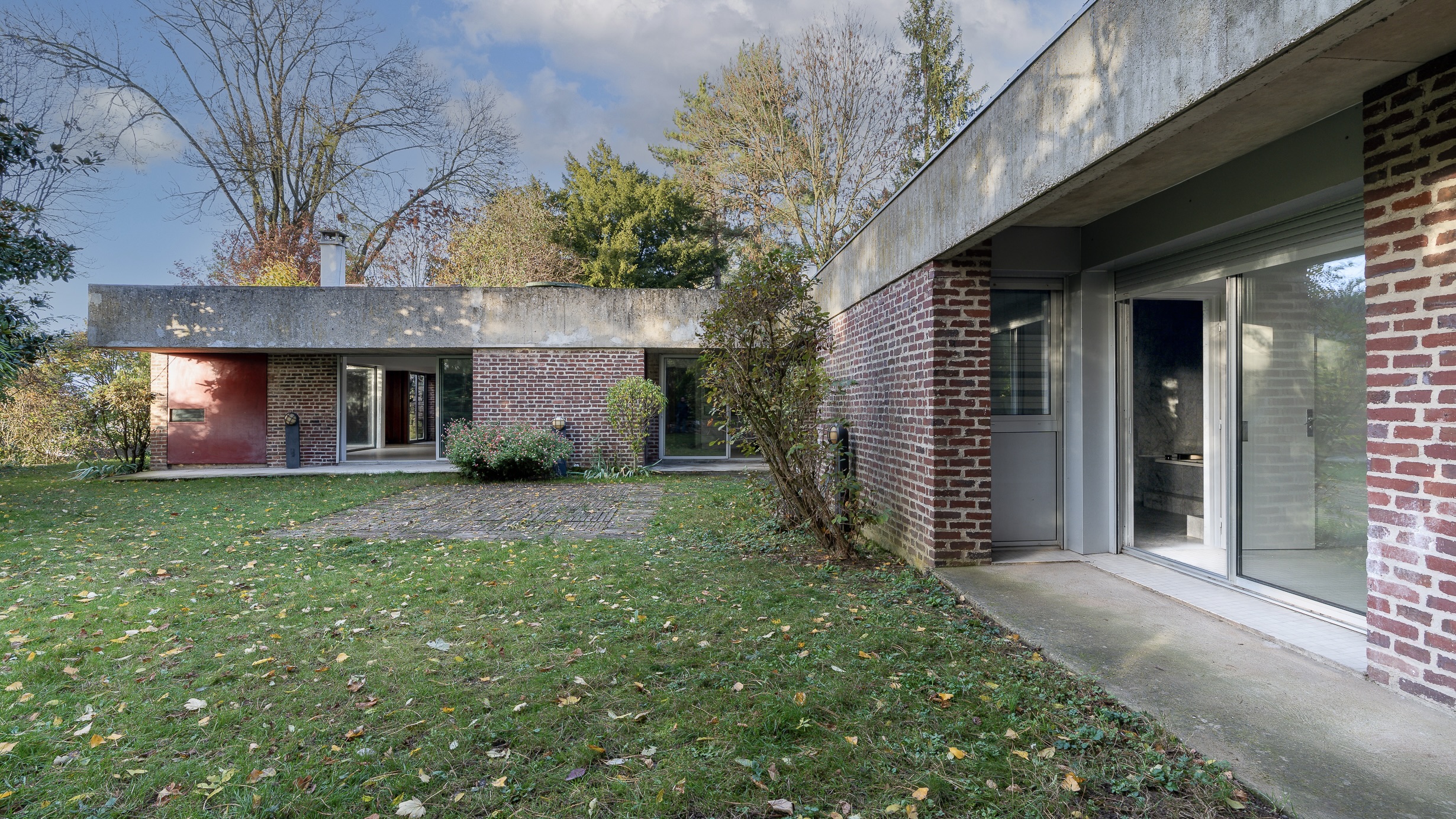 This modernist home, designed by a disciple of Le Corbusier, is on the market
This modernist home, designed by a disciple of Le Corbusier, is on the marketAndré Wogenscky was a long-time collaborator and chief assistant of Le Corbusier; he built this home, a case study for post-war modernism, in 1957
-
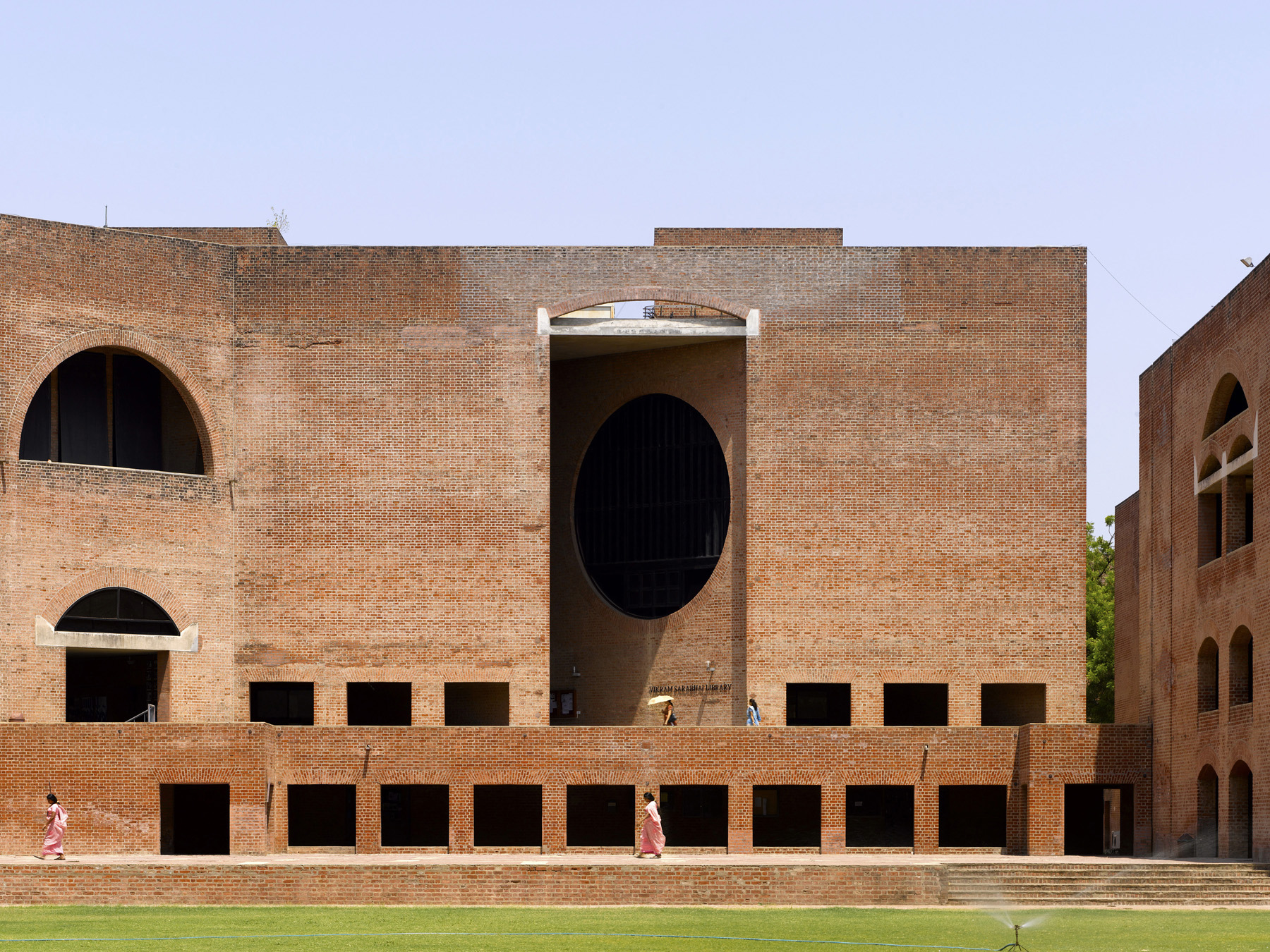 Louis Kahn, the modernist architect and the man behind the myth
Louis Kahn, the modernist architect and the man behind the mythWe chart the life and work of Louis Kahn, one of the 20th century’s most prominent modernists and a revered professional; yet his personal life meant he was also an architectural enigma
-
 The Architecture Edit: Wallpaper’s houses of the month
The Architecture Edit: Wallpaper’s houses of the monthFrom Malibu beach pads to cosy cabins blanketed in snow, Wallpaper* has featured some incredible homes this month. We profile our favourites below
-
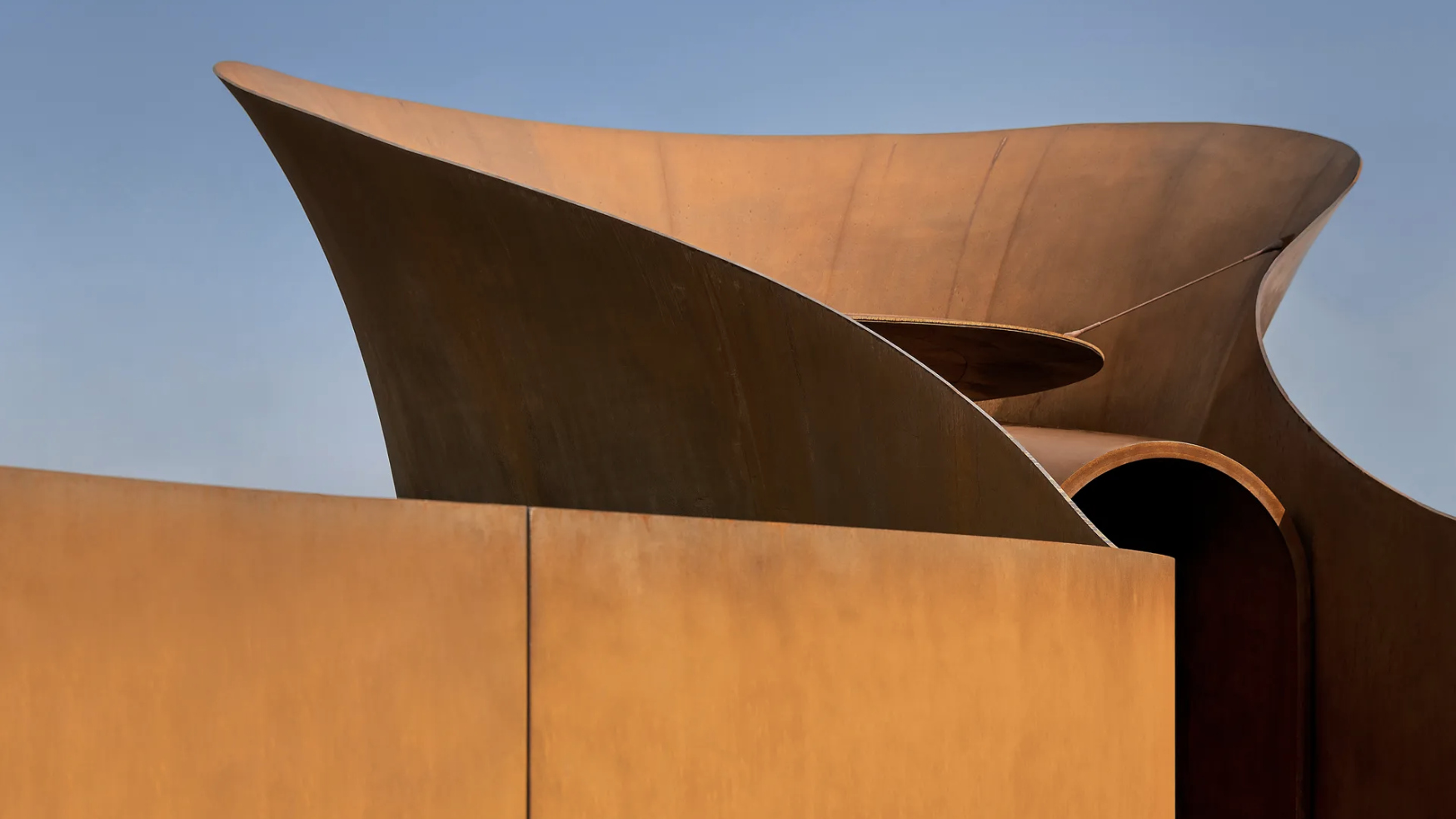 Doshi Retreat at the Vitra Campus is both a ‘first’ and a ‘last’ for the great Balkrishna Doshi
Doshi Retreat at the Vitra Campus is both a ‘first’ and a ‘last’ for the great Balkrishna DoshiDoshi Retreat opens at the Vitra campus, honouring the Indian modernist’s enduring legacy and joining the Swiss design company’s existing, fascinating collection of pavilions, displays and gardens
-
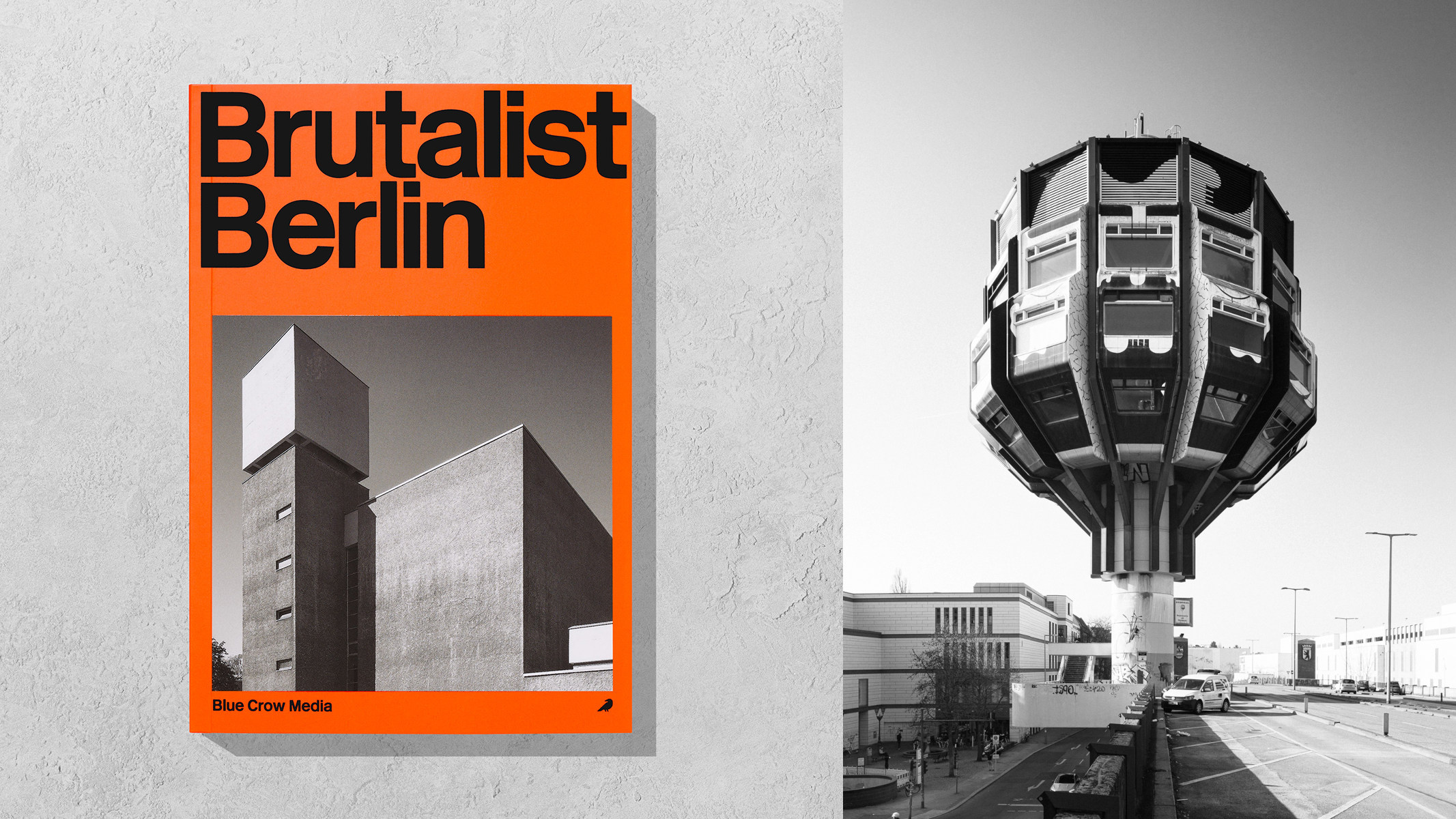 ‘Brutalist Berlin’ is an essential new guide for architectural tourists heading to the city
‘Brutalist Berlin’ is an essential new guide for architectural tourists heading to the cityBlue Crow Media’s ‘Brutalist Berlin’ unveils fifty of the German capital’s most significant concrete structures and places them in their historical context
-
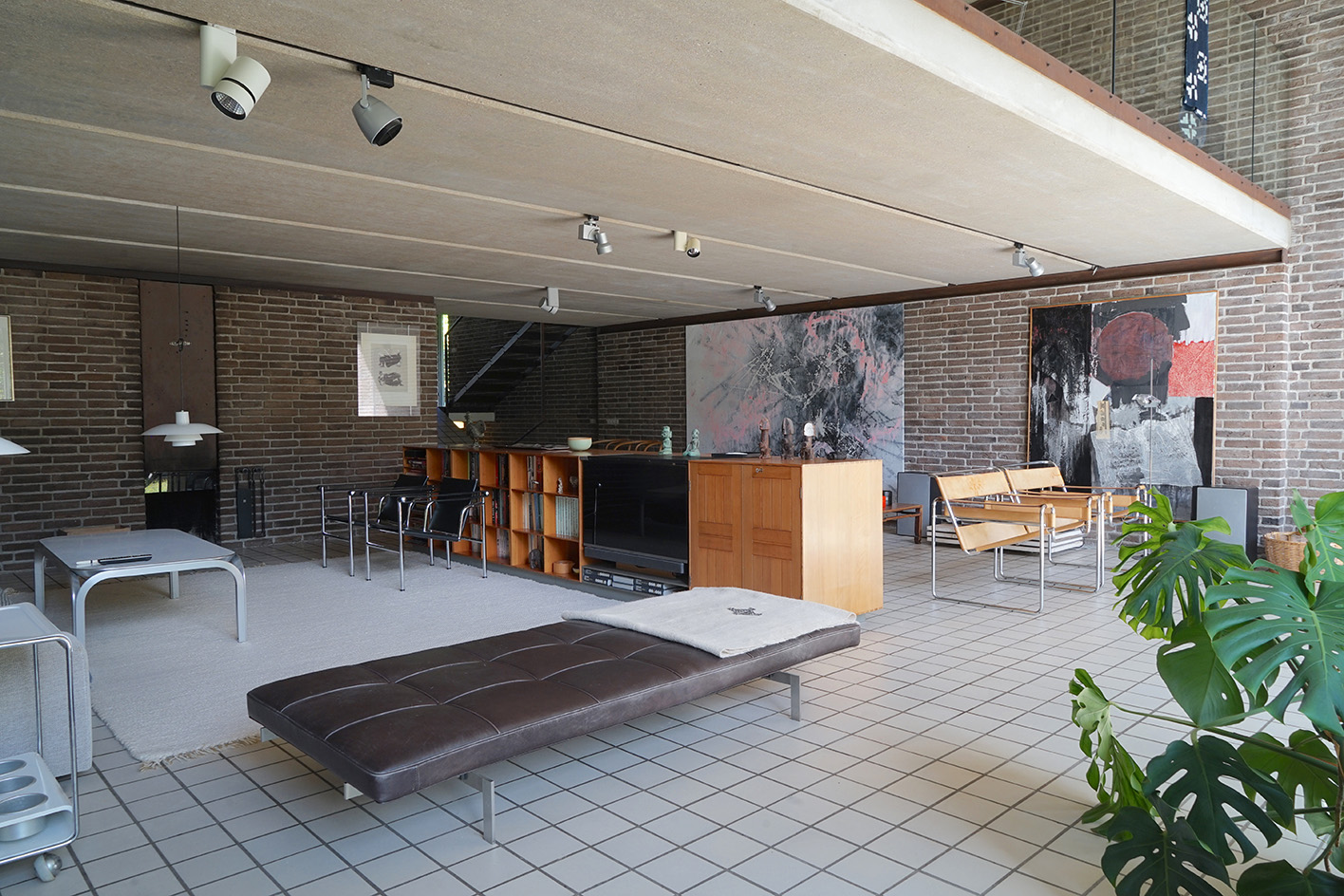 Three lesser-known Danish modernist houses track the country’s 20th-century architecture
Three lesser-known Danish modernist houses track the country’s 20th-century architectureWe visit three Danish modernist houses with writer, curator and architecture historian Adam Štěch, a delve into lower-profile examples of the country’s rich 20th-century legacy
-
 The Architecture Edit: Wallpaper’s houses of the month
The Architecture Edit: Wallpaper’s houses of the monthThis September, Wallpaper highlighted a striking mix of architecture – from iconic modernist homes newly up for sale to the dramatic transformation of a crumbling Scottish cottage. These are the projects that caught our eye